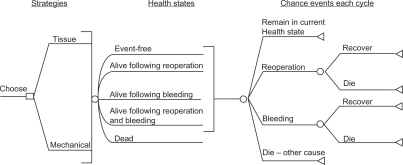Figures & data
Figure 1 Photographs of commonly used prosthetic valves. Left: single-tilting-disk (Medtronic-Hall, Medtronic, Minneapolis, MN) valve; Right: bileaflet-tilting-disk (St Jude Medical, Little Canada, MN) valve.
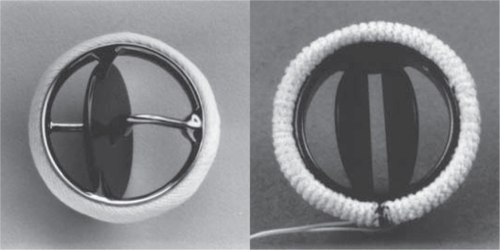
Figure 2 Two-way sensitivity analysis of the effects of anticoagulant-related bleeding and patient age at implantation on the recommended valve type.
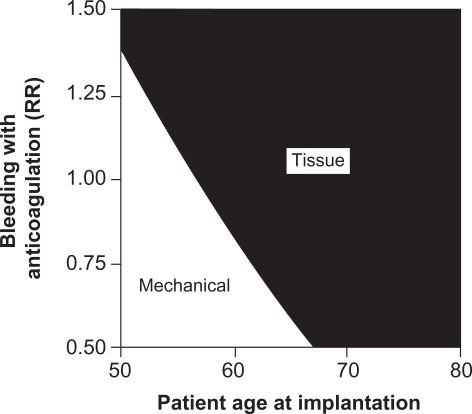
Figure 3 Photograph of Porcine (Carpentier–Edwards) Bioprosthesis.
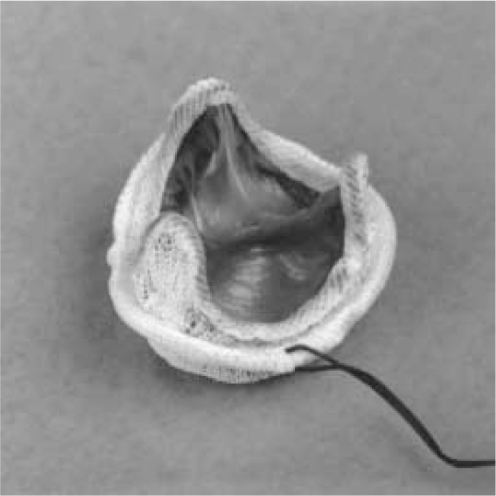
Figure 4 Two-way sensitivity analysis of the effects of reoperation for tissue valve failure and patient age at implantation on the recommended valve type.
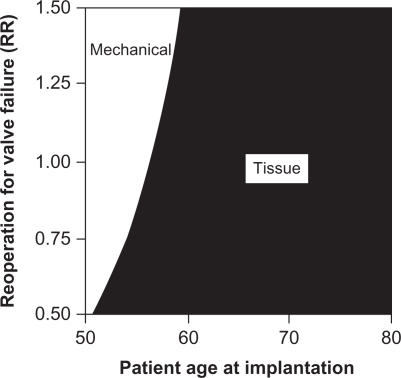
Figure 5 Two-way sensitivity analysis of the effects of mortality with reoperation and patient age at implantation on the recommended valve type.
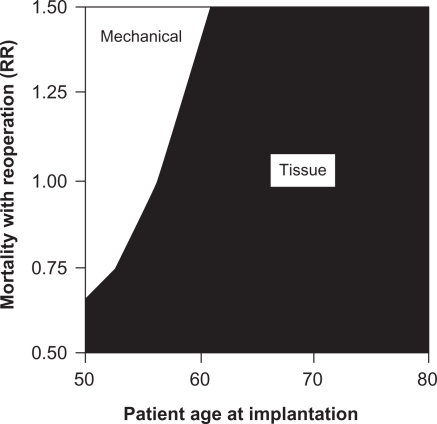
Figure 6 Algorithm for choice of prosthetic heart valve.
Abbreviations: A/C, anticoagulants; AVR, aortic valve replacements; INR, international normalized ratio; MVR, mitral valve replacements.

Figure 7 Schematic of decision model structure. All patients are initially in the event-free state. With each 1-year cycle of the model, they can move to a different state or remain in the same state according to chance events specified under “Chance events each cycle”.
